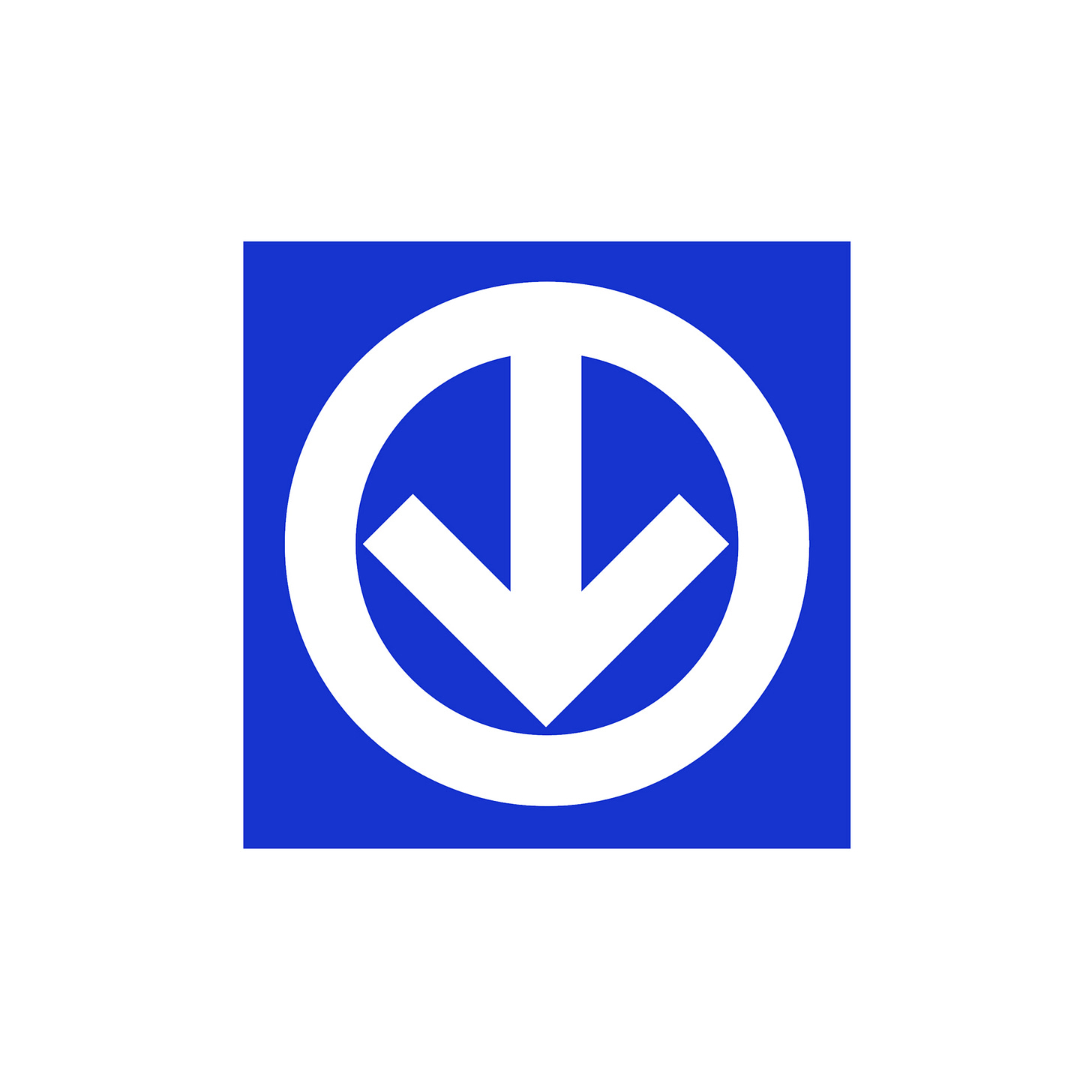Montréal goes underground
Jacques Roy's 1963 logo for Montréal Métro.
The Canadian province of Quebec saw continuous economic growth in the decades following World War 2. The 1960 provincial election became a further catalyst for change as the Liberal Party were brought to power following a period of socio-economic and socio-cultural dissatisfaction. This movement, known as The Quiet Revolution, led to major changes in social policy, education, and healthcare.
Thanks to a surge of industrial design projects, Quebec’s leading city of Montréal underwent a period of revitalisation. Notably, the 1960 re-election of Mayor Jean Drapeau led to further modernisation for the city. Fulfilling a campaign promise, Drapeau initiated the construction of the city’s first underground rapid transport system.
The proposal for the Montréal Métro was unveiled in 1961 and construction on the first two lines, Green and Orange, began in 1962. These were completed in 1966, with a third Yeollow line following in 1967. Serving these lines was a new train design created by Québécois design company Jacques S. Guillon & Associates, who were also responsible for the metro’s signage and logo design.




